How the ‘least cultured’ place in Britain reinvented itself
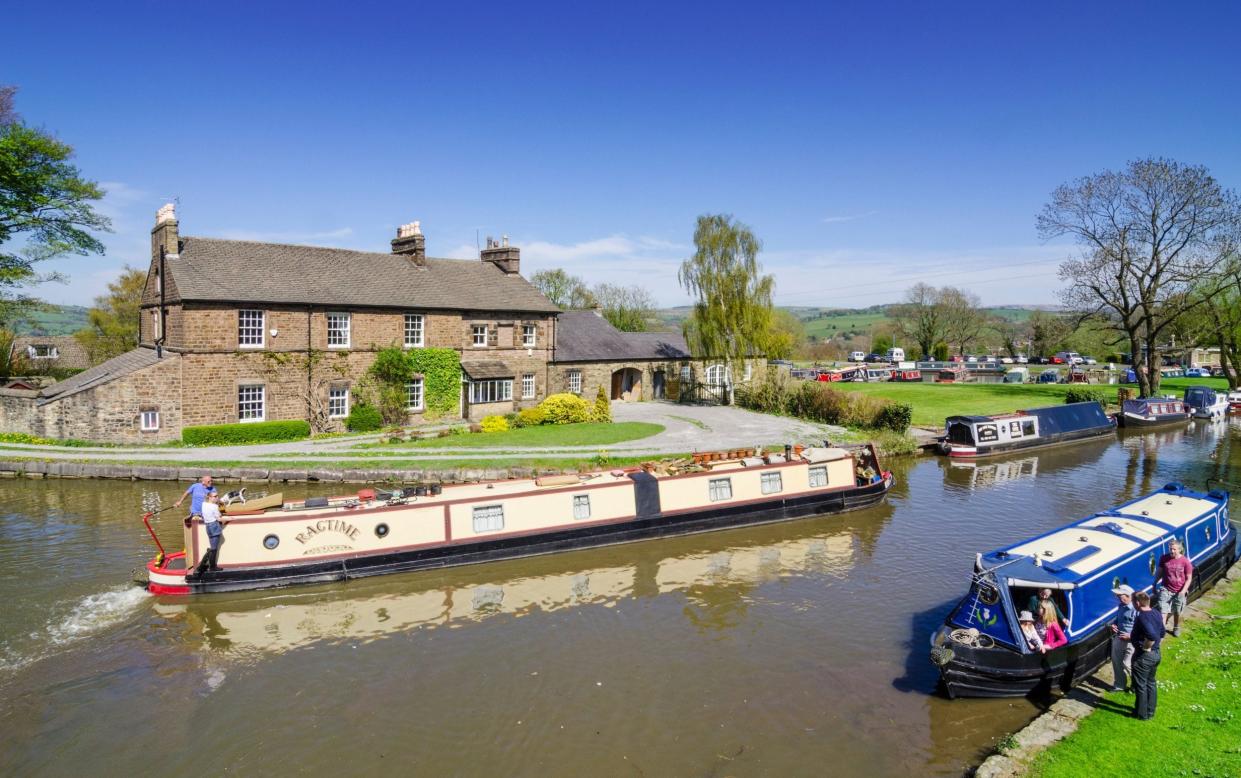
“You’re going to Macclesfield? Amazing! So jealous!” Said absolutely no one. When I told friends where I was headed, all I got were quizzical eyebrows: “Macclesfield? Why?”
Maybe that was to be expected. It is, after all, a post-industrial town that the Local Futures Group once branded the “least cultured” place in Britain. The group’s 2004 report found that, in terms of facilities such as theatres and cinemas, the Cheshire borough had just 4 per cent of the national average.
But that was 20 years ago. Times have changed. “Before I moved back, I thought Macclesfield was a bit s---,” admitted local-born Thomas Broadhead when we met for a beer. “But it’s in the midst of a revival.”
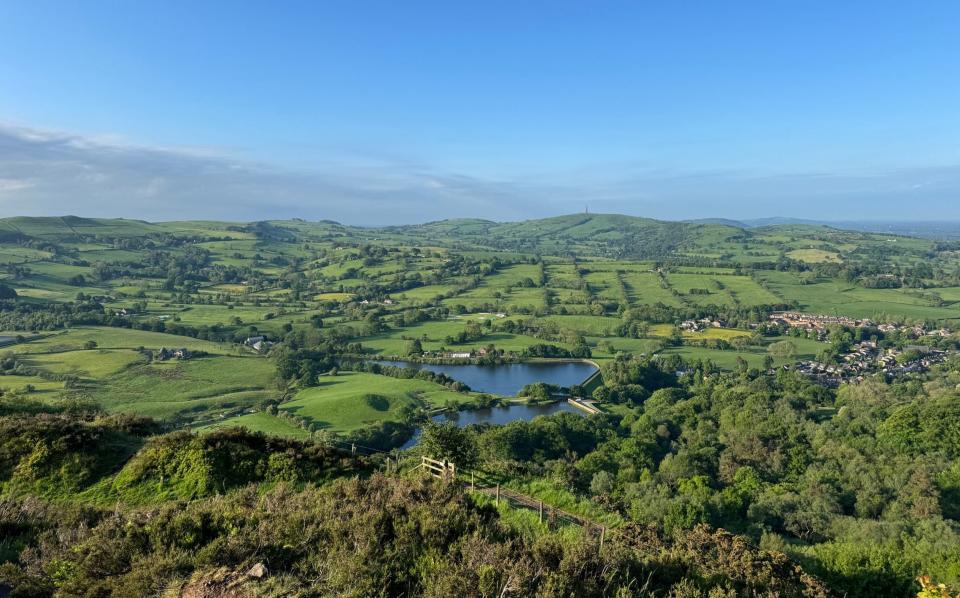
For a start, he said, people have woken up to the nature on its doorstep – the town is on the edge of the Peak District, in walking distance of sheep-grazed hills, dense forest and wild High Moor.
“But also the mindset has changed, it’s more outward-looking,” Broadhead added. “Macclesfield’s still got problems, but there’s a lot of creativity.”
Broadhead is in that creative vanguard. His company, Tourism Board Unofficiale, makes merchandise that celebrates the town’s stories, such as baseball caps embroidered with pictures of deckchairs (the original was patented here) or Shutlingsloe, the “Cheshire Matterhorn”. “It’s tongue-in-cheek,” he explains, “but I thought if people wear them, we’ll elevate the town together.”
So, sporting a Macclesfield Sheep Dog Trials hat, I set about exploring this “cultural wasteland” myself.
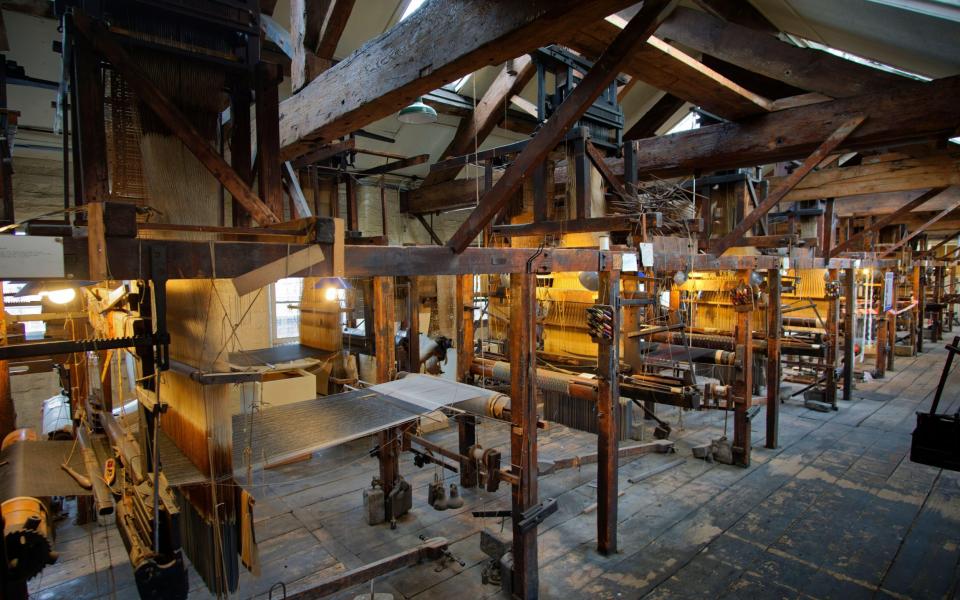
It seemed proper to start with the creative backstory, so I begin at the Silk Museum. In the 16th century, Macclesfield was renowned for making buttons. When it became fashionable to cover them in silk, ever-innovative Macc thrust itself into that industry, too. The first silk mill was established in 1743; at its peak, the town had 70 mills. Today, only one remains, plus the museum’s recently restored Paradise Mill.
I join a tour with guide Tim Lightfoot, who leads us past Paradise’s clattering bobbin winder to the impressive row of Jacquard handlooms. These ingenious machines use cards with punched holes to automate the process of weaving patterns (“the start of the computer age!” said Lightfoot); following painstaking repairs, one is back in working order. On it lay a beautiful new piece of silk, inspired by patterns in the museum’s archive, woven by Manchester University students – the first fabric to be created here for at least 20 years.
For more contemporary culture, I stroll across town to meet cartoonist Marc Jackson. He runs Room for Comics, a shop and art studio – above the excellent Flour, Water, Salt artisan bakery – offering drawing classes for all ages. The space is joyous: flooded with light, weird robots scribbled all over the walls. “My classes are like The Muppet Show with felt pens,” he says.

Jackson is on a mission to make Macclesfield a centre of comic art, which includes organising the well-established Macc Pow! festival (June 20-23). “We’re filling the town more and more each year, connecting creators with local businesses,” he explains. As well as workshops and film screenings, there will be artists drawing portraits in cafés and “paw-traits” in pet shops, plus the Beano’s first female cartoonist in the library, doing free demos.
It sounds brilliant; I was sad I’d miss it. But I had at least coincided my visit with the monthly Treacle Market. Founded in 2010, in part as a two-fingers-up to that “least cultured” verdict, the market is thriving, with almost 150 stalls selling everything from Cheshire cheese to cigar-box guitars; there’s also always music, which kicks off with the house jazz band – all in their 80s but still killing it.
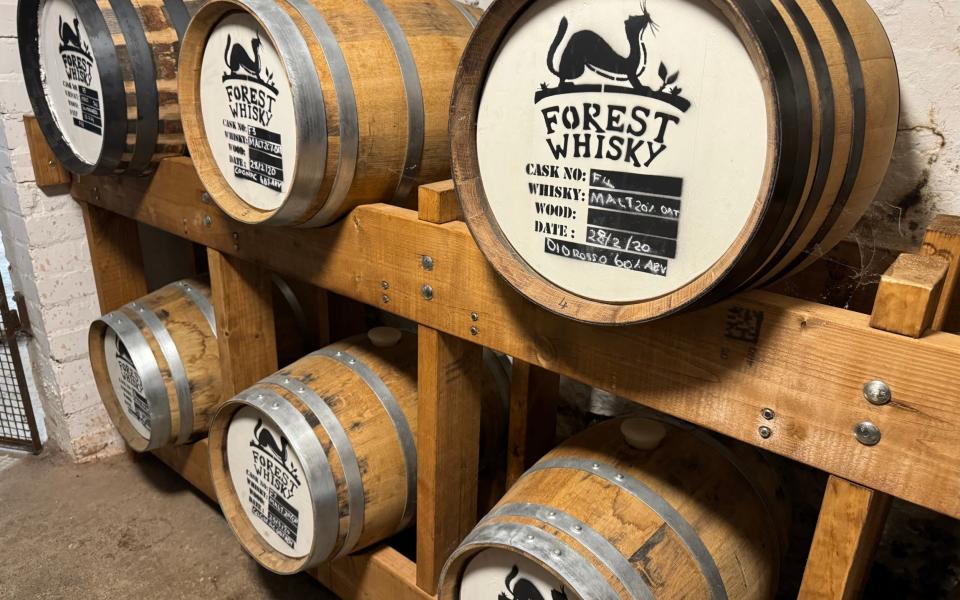
I wander around, between handmade jewellery and pot plants, gourmet mushrooms and Nepalese momos. I buy some fiery hot sauce, made by a guy who used to DJ at the Haçienda. And I would have bought a bottle of Forest Whisky if I hadn’t done so already: the previous day I’d heartily enjoyed a tour at the distillery, at the old Cat and Fiddle (formerly England’s second-highest pub); the Forest Blend 29 was smooth as caramel, delicious.
“We’re keen for the market to boost footfall to the whole town,” organiser Becky Thompson explains when I meet her by the old 19th century Butter Market, a long-disused space that the Treacle Market has brought back to life. “Stalls aren’t put in front of shops that are open. We want everyone to have a good day.”
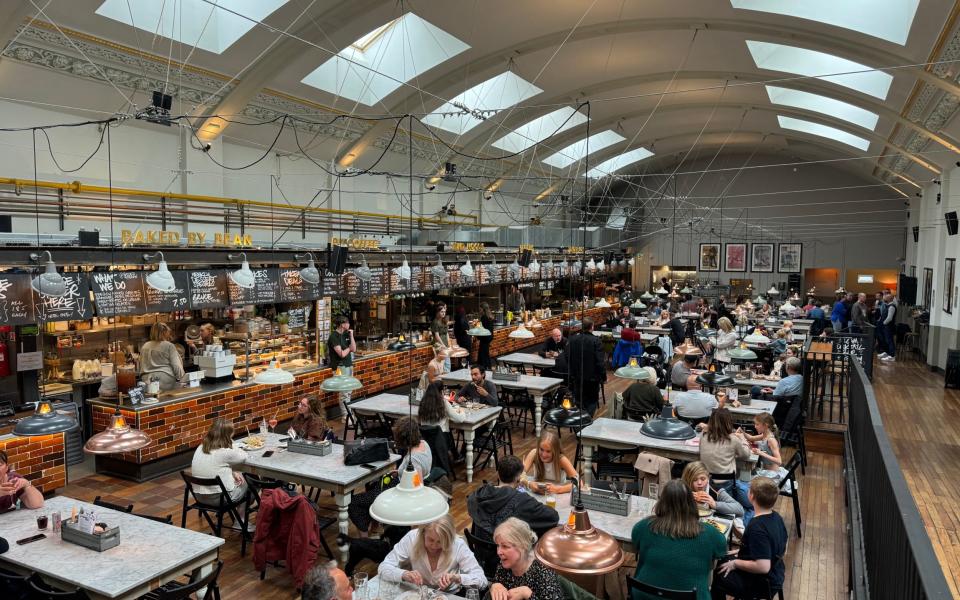
And it seems like everyone is. The cafés (and there are lots of good ones) are doing a healthy trade. Live music floats out of the Button Warehouse, a smart new bar in an old button factory. Stalls fill the courtyard at the Picturedrome, a long-abandoned cinema turned hip food hall. And a singer strums outside bar-cum-music store Proper Sound.
Proper Sound is a bit of a love letter to the local music scene – not least the mural of Ian Curtis in its courtyard. Macc-born Curtis was the front man of post-punk band Joy Division, who burnt bright but brief in the late 1970s, before Curtis took his own life in 1980. His dark lyrics still resonate today, and fans of all ages and nations make Macc pilgrimages.
“I’ve had people from Italy, Hungary, Chile,” said Trevor Stokes, who I meet that afternoon. A passionate Maxonian and Joy Division devotee, Trevor started running tours focused on the band in 2023. “The selling point is that they’re led by someone who knows the town and who knew Ian a little,” says Trevor; his grandad lived around the corner from Curtis – “our paths crossed a few times”.
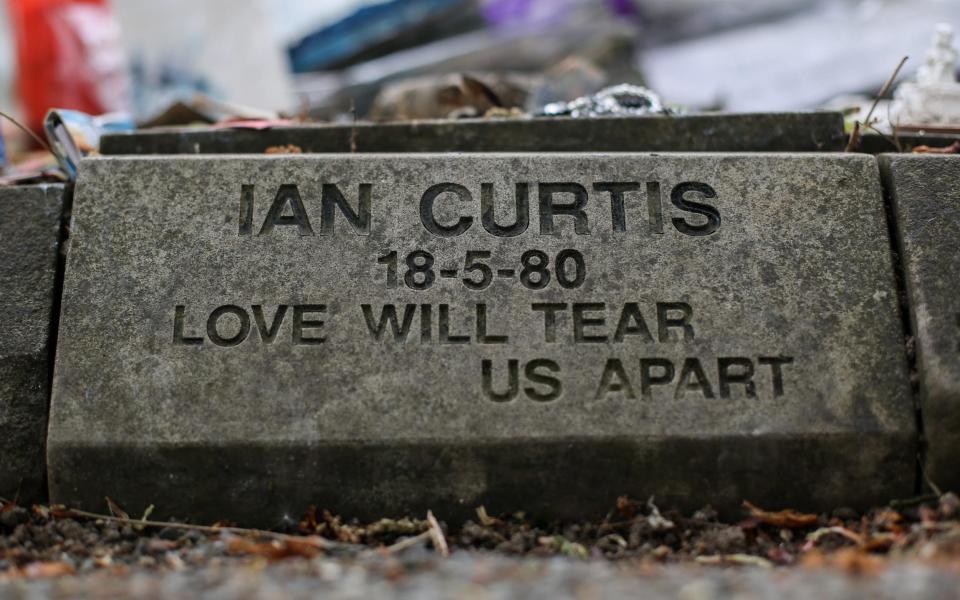
We start at the site of Curtis’s first Macclesfield home, an “ugly, smelly” block, since demolished. As Trevor drives me about, personal stories pepper visits to Curtis’s old schools, his tribute-cluttered grave, the Barton Street house where he died. “Ian didn’t get to be a rockstar,” Trevor explains, musing on the man’s long-lasting appeal. “He remained living in a terrace house. So he’s like us.”
I’m no Joy Division aficionado. But travelling with Trevor both confirms Macc’s right to be considered a cultural player, and shows an earthy side of the town. It is a music tour and social history.
Afterwards, Trevor drops me back at the train station. We pick up his son, Harry, en route, so I ask him what he thinks of living in Macclesfield. “It’s heaven!” Harry replies.
Who’s jealous now?
Macclesfield essentials
Sarah Baxter stayed at Bohotel on Chestergate (07952 708759; bohotel.co.uk), Macc’s first boutique hotel; doubles from £85 room-only.
Nearby Chestergate Bistro offers a three-course menu of good modern-British dishes from £33pp (chestergatebistro.co.uk).
The Silk Museum is free; guided tours of Paradise Mill run Wednesdays-Saturdays, and cost £11.50pp (thesilkmuseum.co.uk).
Room for Comics cartoon classes cost from around £10pp (facebook.com/Roomforcomics).
The Treacle Market runs on the last Sunday of the month (treaclemarket.co.uk).
Forest Distillery tours and tastings from £25pp (theforestdistillery.com).
Private Joy Division tours cost £45pp for one, £10 for each additional person, up to four (07446 771752; trevor.stokes65@btinternet.com).
See visitcheshire.com for more information.


